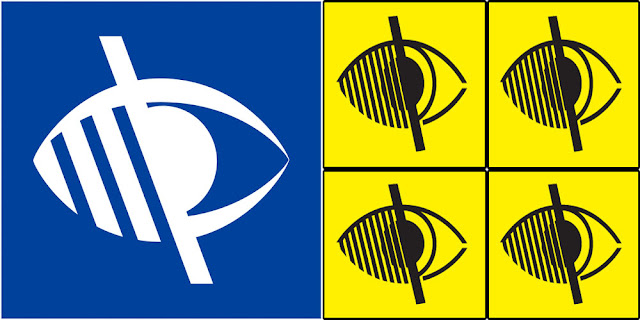TAG | lighting for partially sighted
8
Two-minute explainer: Lighting for the partially sighted
Comments off · Posted by admin in LED
 |
| Lighting can do a lot to assist partially sighted people. |
The Equality Act 2010 is intended to protect partially sighted people from unfair treatment in employment and when accessing public services. But what more can be done with light to make life a little more equable for those with disabilities? In particular, how can light be best utilised to benefit partially sighted people?
Colour Contrast
- Use colour to highlight differences between objects and surfaces, making it easier to negotiate a complex space. For example, in a white-tiled bathroom have the bathroom furniture in a different colour.
- Use different colours to highlight circulation routes from functional space (retail spaces, open-plan offices etc).
- Paint door frames a different colour to the doors and walls.
- Consider a different colour for door handles.
- Ensure that railings on stairs are a different colour to the walls, likewise the banisters.
- It is important to be able to pick out the edge of steps so use a contrasting strip or nosing.
- Glass doors and windows need to be visible, so consider the use of brightly coloured designs where vertical glazing is accessible to passers-by.
Lighting
- Increase light levels in areas such as stairs and level changes in areas like the kitchen and the bathrooms. There may be an aesthetic challenge in achieving this, but new low-energy LED sources can deliver high light levels from relatively small fixtures.
- Introduce additional light fixtures in areas where spatial definition is important.
- Make sure that light is in the places where it needs to be. Use the efficiency of localised lighting to assist in visual tasks, especially in places like kitchens and at work stations.
- Make the best use of natural light, but be aware of the potential problems that an over-bright blind can cause by ‘bleaching’ the rest of the surroundings.
- Make sure that any exterior lighting acts as a ‘way-marker’ as well as providing illumination. A line of light points can be more helpful than an illuminated pathway.
- Use light as a defining element in areas of the building where there are objects or furniture that protrude into circulation routes.
- Consider the impact of emergency lighting should the normal electrical supply fail. Escape lighting should assist in finding the route to safety for everyone.
The Equality Act 2010 requires employers to provide individual lighting provision to any employee requiring it.
Anyone registered as blind or partially-sighted automatically meets the Equality Act’s definition of a disabled person. Anyone with a sight loss that has a ‘substantial and long-term effect on your ability to carry out normal day-to-day activities’ may qualify for registration. In these circumstances, the requirements of the Equality Act 2010 must be met.
Credit: John Bullock, Lux
equality act 2010 · led lighting · led panels · lighting for partially sighted · Novel Energy Lighting · office lighting · partially sighted

